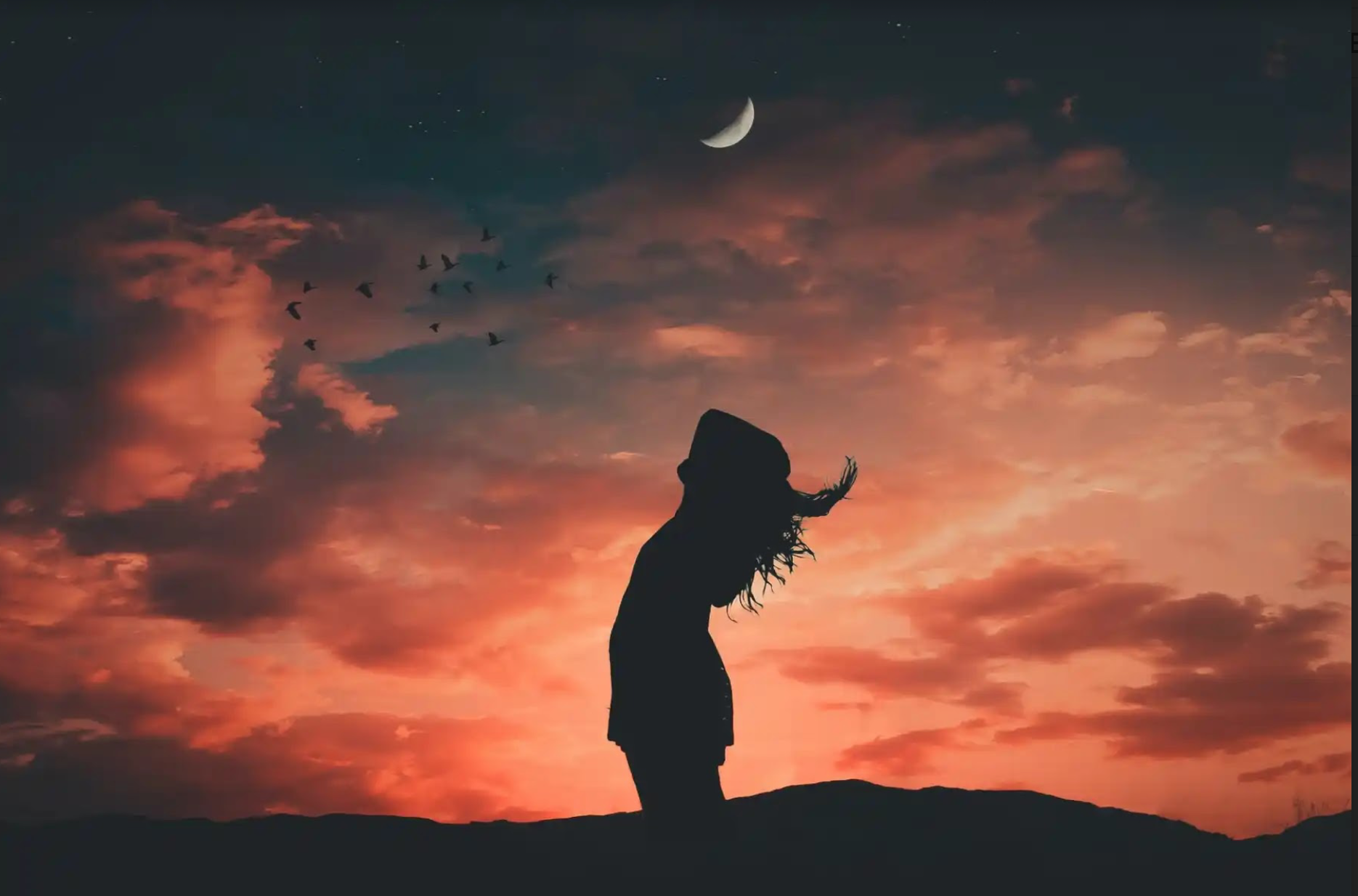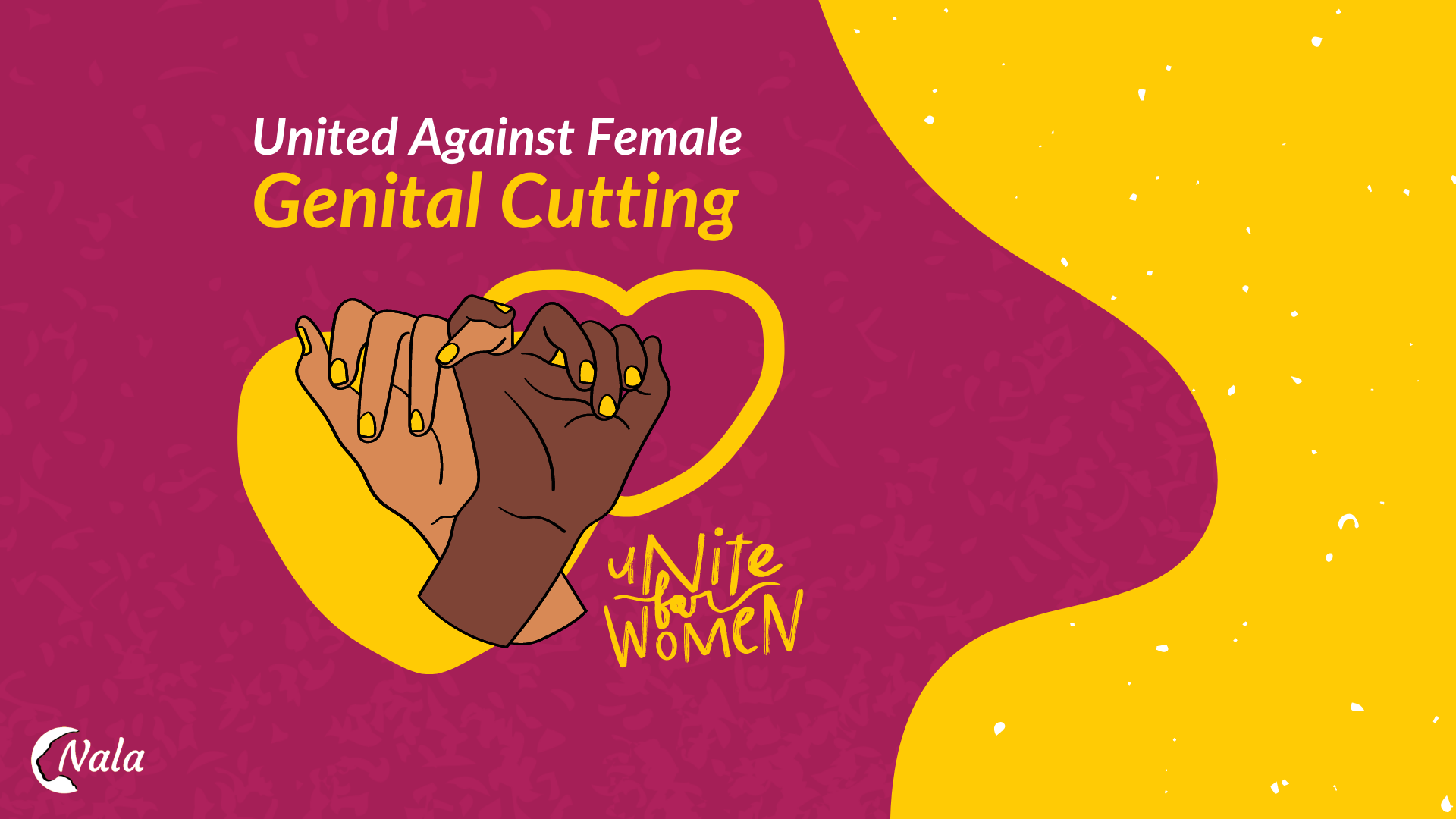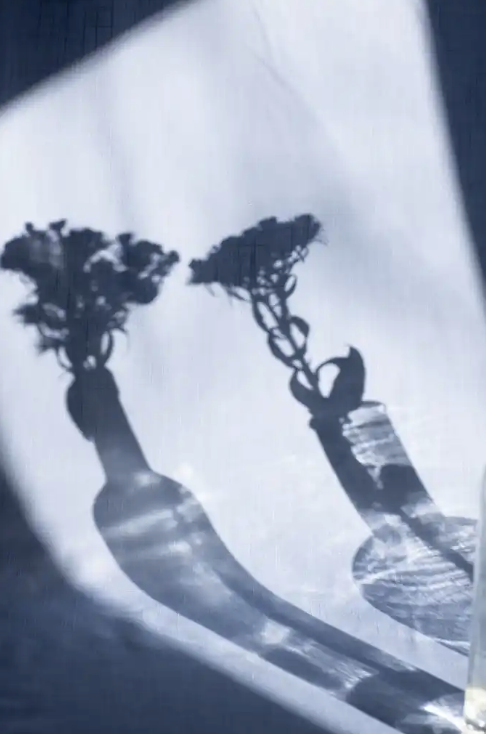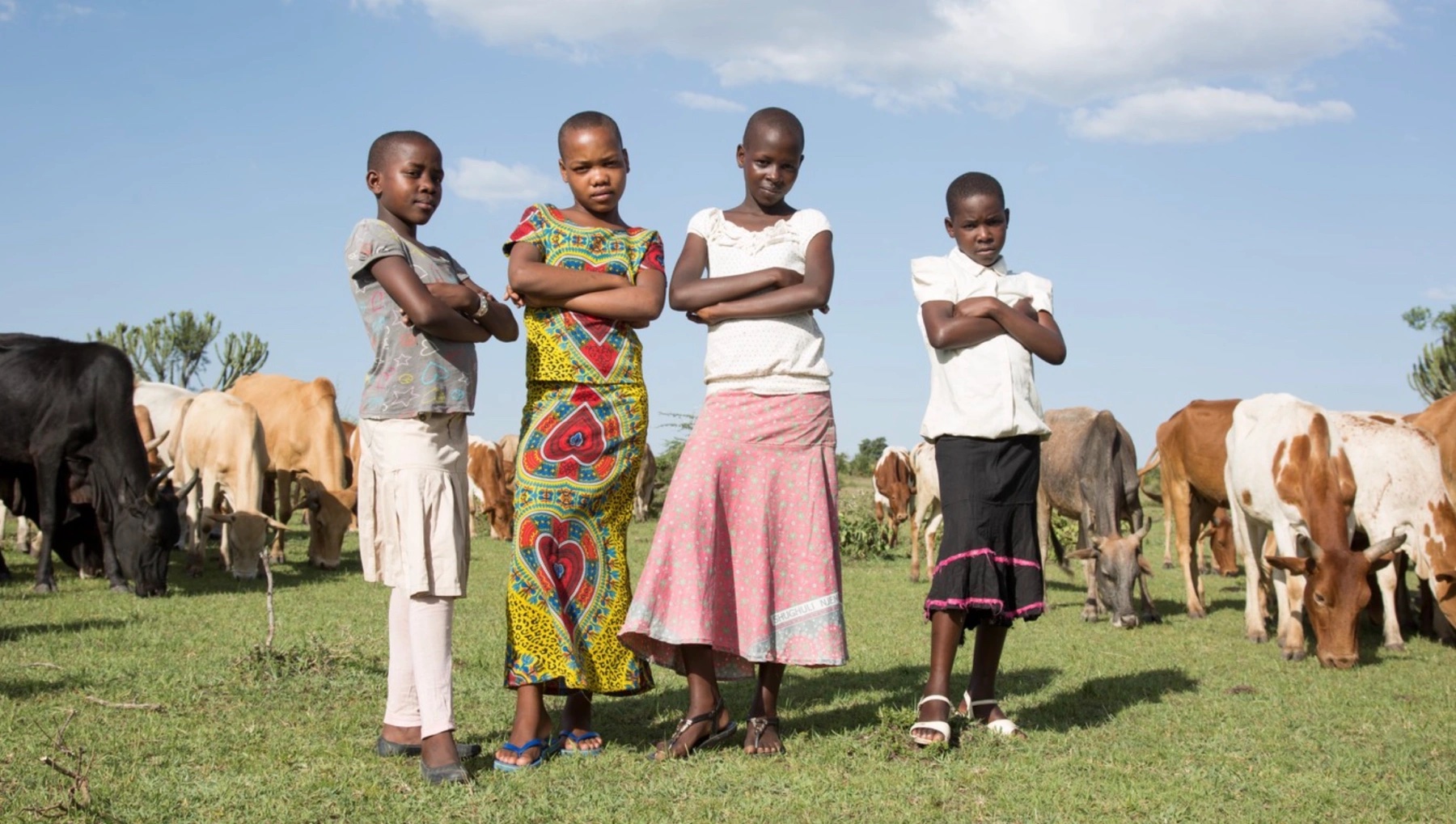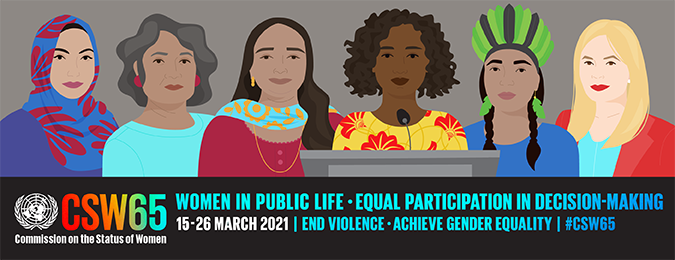Dear Maasi is a column about everything you wanted to know about sex and relationships but were afraid to ask! It’s a partnership between Sahiyo and WeSpeakOut, and is for all of us who have questions about khatna (female genital mutilation/cutting or FGM/C) and how it impacts our bodies, minds, sexualities and relationships. We welcome you to submit your anonymous questions.
Dear Maasi,
I have a question about the deep shame I hold for being cut. It is so toxic and permeates throughout my life. How can I move past it?
—Anonymous
Dear Anonymous,
Shame is an important topic that doesn’t get addressed enough—thanks for asking this question.
Shame results when our inner critic judges us harshly, most often about things we’ve had little or no control over. These judgements come from the negative or abusive messages imposed on us as children. Shame doesn’t just criticize our behaviours but something more integral: our worth as human beings. For this reason it can impact all aspects of our lives.
Khatna, or female genital cutting, stamps shame on the body. As kids, we don’t have the capacity to understand why a confusing and painful thing is happening to us. The taboo and secretive nature of the practice reinforces the shame. Most children turn the blame and shame inward, rather than pointing it at the trusted caregivers who are betraying us.
So how do we begin to resolve shame? There are many paths to healing:
- Begin to intentionally cast a compassionate gaze upon yourself. At first, your affirmations may feel false, but with repetition, that will change.
- View your inner shamer as a child-like protector who functions to keep you feeling small and worthless in order to avoid further harm. Thank it for its diligent work and remind it that you’ve grown up and have other resources for feeling safe. This is an Internal Family Systems approach. Learn more through this 14-minute video.
- Seek out a trauma therapist who can help you work through the khatna. Doing so enabled me to identify the child-logic (the ways I made “sense” of the traumatic moment as a kid) that led to me internalizing the blame. This child-logic had long legs that impacted many aspects of my life, including self-expression, romantic relationships, friendships and work. Check out my January 2021 column for tips on finding a therapist.
- Debunk the myths you’ve learned about your sexuality and body. Most of us have learned that our genitals are “bad” or “wrong” or “dirty.” If we don’t shame our elbows, why would we shame our vulvas?
- Talk to other khatna survivors or listen to their stories. This will remind you that you’re not alone, and not to blame.
Anonymous, healing from shame takes time and effort, but it is possible. I wish you all the best in this journey!
—Maasi
About Maasi, aka Farzana Doctor: Farzana is a novelist and psychotherapist in private practice. She’s a founding member of WeSpeakOut and the End FGM/C Canada Network. She loves talking about relationships and sexuality! Find out more about her at http://www.farzanadoctor.com. Disclaimer: While Farzana is full of good advice, this column won’t address everyone’s individual concerns and should not be used as a substitute for professional medical or psychological care.


